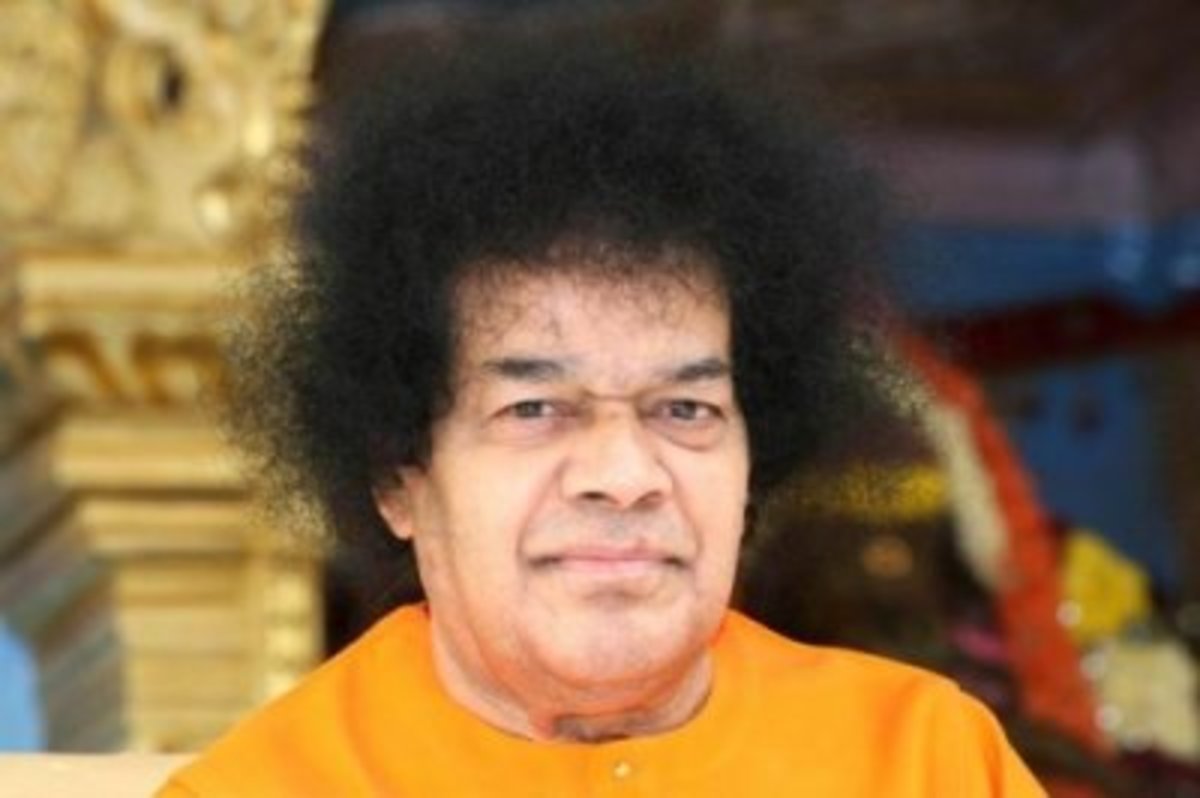Sathya Sai Formula while facing criticism
Everyone faces criticism. Even the Gods themselves are not spared of criticism. But then, how one faces the criticism determines what one becomes.That’s what the popular story of a donkey that fell in the well tells us. When the donkey fell in the well, it brayed out loud. To ‘bury’ the irritating sound, everyone came and threw mud into the well. The donkey however kept shrugging off the dirt from its body and did not allow itself to get buried under it. Finally, it made use of the mound of mud which had collected in the well to actually get out of the well! Criticism can be used constructively! In fact, ‘constructive criticism’ actually depends on the attitude of the one being criticised and not on the attitude of the one criticising.
Bhagawan Sri Sathya Sai Baba (Swami as He is reverentially and endearingly called) says,
“Let us say somebody has criticized you. You get angry/upset. When you get angry/upset, do not react immediately. Think to yourself,
‘Do I have in me the defects that have been pointed out by them? If in case, those defects are there in me, then, is it not my mistake to get angry/upset with them? However, if the blemishes pointed out by them are not present in me, then why should I get angry/upset with them?’
If you thus give an opportunity for such an enquiry and spend time in introspection, your anger will subside.” (From public discourse on 24th May 1992)
Swami, in that same discourse, gives a personal example to make it clear.
“When people call Me Buttatala Sai Baba (Sai Baba with a basket-like head), it may seem insulting. But, I do have a basket-like head! Therefore, I must accept this is true. But if they call Me Pattatala Sai Baba (Sai Baba with a bald head), then this is not true; so why I should I accept it? Therefore, if blemishes that are not there in me are mentioned right in front of me, even then I will not accept it. That is the right kind of determination. You must have self-confidence.”
Extrapolating the same logic, if the criticism is only partially true, one can accept (and correct if necessary) that part alone, letting go of the rest.
In a public discourse during the annual Summer Course in Indian Culture and Spirituality held at Bangalore in 1990, Swami said,
“Saint Tukaram had good feelings and so, he gave a favourable interpretation to even the rude and negative behaviour of his wife. His senses did not stand in the way of his spiritual progress and equanimity, despite trying circumstances in his family. Likewise, Sant Kabir was always engaged in remembrance of God. So his wife’s behaviour was harmonious and conducive to his spiritual advancement, Einstein, too, had the quality of equanimity in him and was therefore not at all upset by the boisterous behaviour of his wife. From all these instances, it is evident that what you need to do is to harmonise your own thoughts and feelings through proper sadhana (spiritual discipline), rather than blame the environment or other persons for your shortcomings.”
Well, that sums it all up and highlights the truth that whether criticism is constructive or destructive depends on the attitude and sadhana of the one facing criticism.
A special case: Criticism of one’s Guru
For many Sai-devotees (and I presume it is the case for devotees/followers of other Gurus/Masters as well), there is one criticism that is hard to overcome - the criticism of one’s Master/Guru/God/Religion. I remember how my blood has boiled whenever I have read heavily concocted and hastily written articles on my Swami by half-baked journalists whose sole goal seems to be capturing eyeballs at any cost. There are also some people on the internet (I will not name them and pollute my blog or the readers’ minds) who make ad-money and build a reputation for themselves by specifically targeting Swami using hook or crook (mostly crook). They doctor images, quote media out of context and spit venom camouflaging it as scientific journalism. And I get angry and upset. I can possibly learn to stand criticism when it concerns me but when a being that I have personally experienced for two decades to be an epitome of love, sacrifice and selflessness is unfairly criticised, righteous anger wells up within. It is almost like I am unable to bear it if someone unfairly abuses my father or mother! What should I do then?
Prof. Nanjundaiah’s experience with Swami regarding this is very enlightening and liberating.













